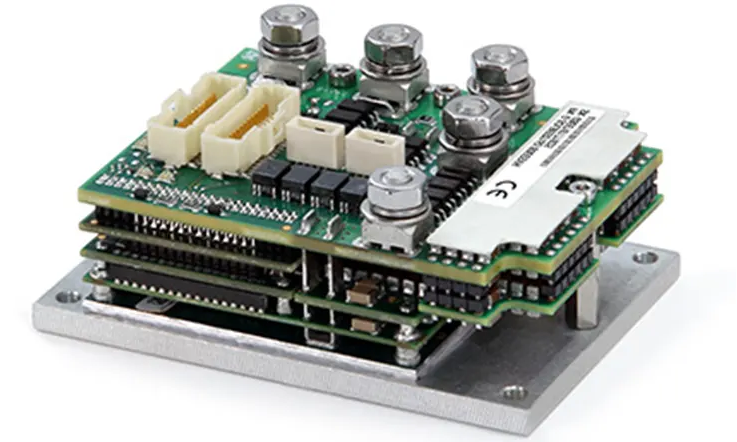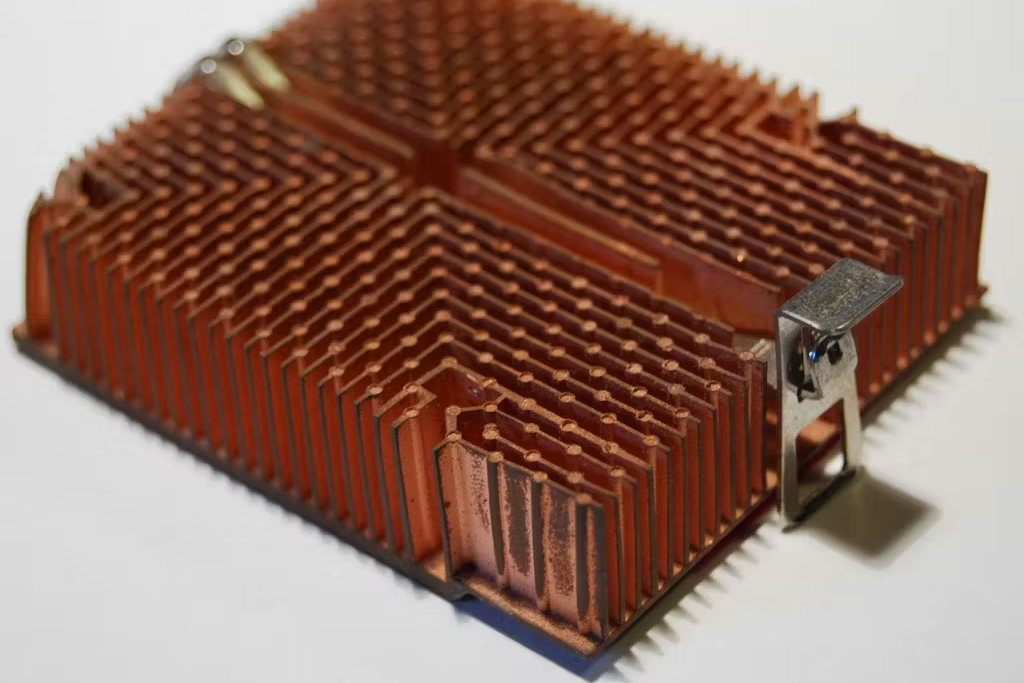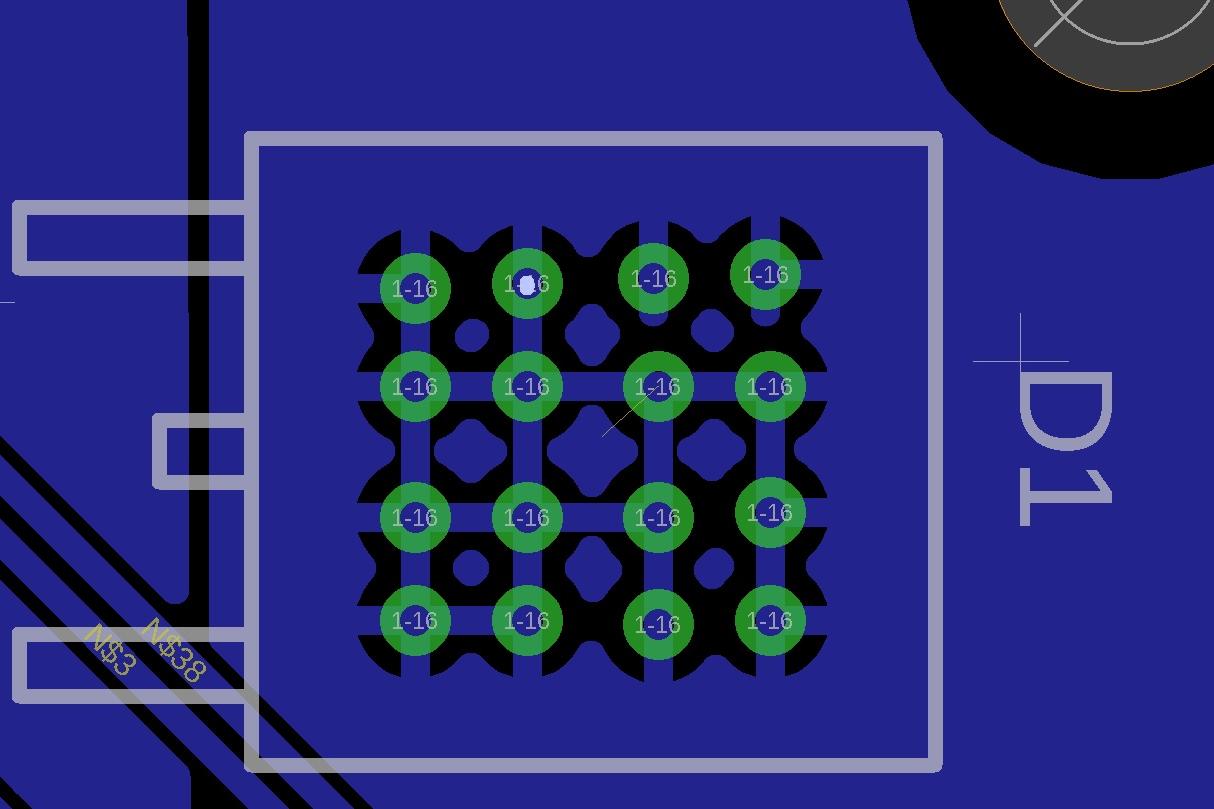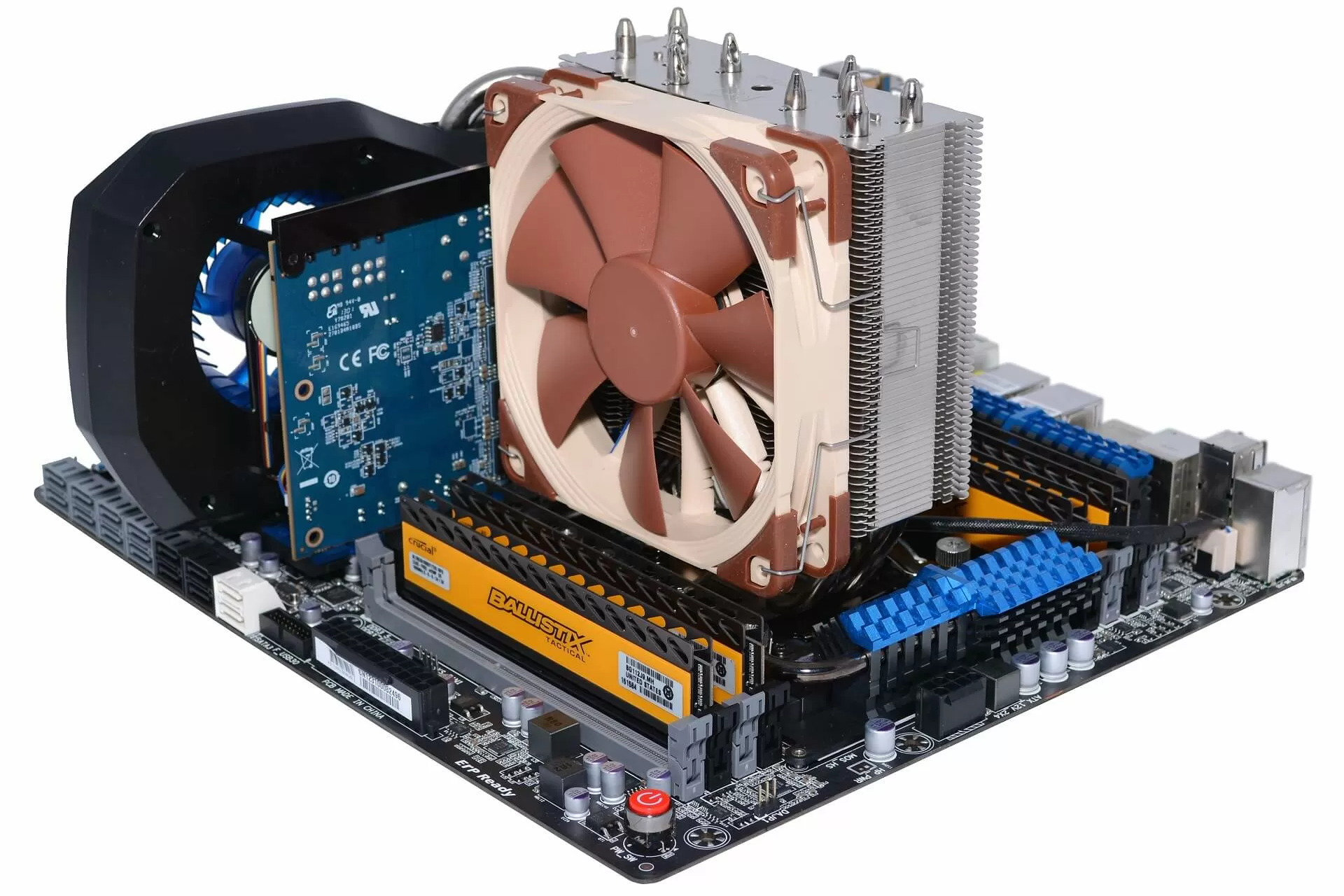In the fast-paced world of telecommunications, high-power printed circuit boards (PCBs) are at the heart of cutting-edge devices and systems. These PCBs handle immense power loads, but with great power comes significant heat. Without proper thermal management, overheating can lead to performance drops, component failure, and reduced lifespan. So, how can engineers ensure effective cooling for high-power telecommunications PCBs? The answer lies in advanced cooling techniques like heat sinks, thermal vias, and innovative PCB cooling methods tailored for demanding applications.
In this comprehensive guide, we’ll explore the best strategies for PCB thermal management, focusing on high-power PCB cooling solutions. From heat sinks for PCBs to thermal vias and other PCB cooling techniques, we’ll break down practical approaches to keep your designs running efficiently. Whether you’re designing for 5G infrastructure or high-speed data centers, these methods will help you tackle thermal challenges head-on.
Why Thermal Management Matters for High-Power Telecommunications PCBs
Telecommunications equipment, such as base stations, routers, and switches, often operates under high power conditions to support massive data transfer rates. For instance, 5G networks demand components that can handle frequencies up to 100 GHz and power densities that generate significant heat. If this heat isn’t managed, it can cause thermal runaway, where rising temperatures degrade components like transistors and capacitors, leading to system failure.
Effective PCB thermal management ensures reliability, extends component life, and maintains signal integrity. Poor cooling can result in temperature rises beyond the typical safe operating range of 85°C to 105°C for most ICs, causing errors in data transmission or complete shutdowns. With the stakes so high, let’s dive into the advanced cooling techniques that can safeguard your high-power designs.

Key Challenges in High-Power PCB Cooling
Before exploring solutions, it’s important to understand the unique challenges of cooling high-power telecommunications PCBs:
- High Heat Density: Compact designs with densely packed components create hot spots, making uniform cooling difficult. Power dissipation can reach 10-20 W/cm2 in some high-performance telecom chips.
- Limited Space: Modern devices prioritize smaller form factors, leaving little room for bulky cooling systems.
- Continuous Operation: Telecom systems often run 24/7, requiring consistent cooling under constant thermal stress.
- Environmental Factors: Equipment may operate in harsh conditions, such as outdoor base stations exposed to high ambient temperatures of 40°C or more.
These challenges make traditional cooling methods insufficient, pushing engineers to adopt advanced PCB cooling techniques for optimal performance.
Advanced Cooling Techniques for High-Power PCBs
Let’s explore the most effective strategies for managing heat in telecommunications PCBs. These methods focus on dissipating heat efficiently while maintaining compact, reliable designs.
1. Heat Sinks for PCBs: A Core Cooling Solution
Heat sinks for PCBs are one of the most widely used solutions for high-power PCB cooling. A heat sink is a passive cooling device made of thermally conductive materials like aluminum or copper, designed to absorb and dissipate heat away from critical components.
In telecommunications PCBs, heat sinks are often attached directly to high-power components like power amplifiers or processors. For example, a typical telecom power amplifier might dissipate 50-100 W of heat. A well-designed heat sink can reduce the component’s junction temperature by 20-30°C, keeping it within safe limits.
Types of Heat Sinks:
- Extruded Aluminum Heat Sinks: Cost-effective and suitable for moderate heat loads with natural convection.
- Copper Heat Sinks: Offer higher thermal conductivity (around 400 W/m·K compared to aluminum’s 200 W/m·K) for extreme heat dissipation.
- Heat Pipe Integrated Sinks: Use phase-change technology to transfer heat over longer distances, ideal for compact designs where heat needs to be moved away from tight spaces.
Design Tip: Ensure proper thermal interface material (TIM) between the component and heat sink. A high-quality TIM can reduce thermal resistance by up to 50%, improving heat transfer efficiency.

2. Thermal Vias: Enhancing Heat Dissipation Through PCB Layers
Thermal vias are small, copper-filled holes in a PCB that transfer heat from hot components on the surface to other layers or a heat sink on the opposite side. They act like thermal conduits, spreading heat across a larger area to prevent localized hot spots.
In high-power telecommunications PCBs, thermal vias are critical for components like RF transistors, which can generate heat fluxes of 100 W/cm2 or more. A typical thermal via array under a component might consist of 10-20 vias, each with a diameter of 0.3-0.5 mm, significantly lowering the thermal resistance of the board. Studies show that thermal vias can reduce junction temperatures by 10-15°C in densely packed designs.
Best Practices for Thermal Vias:
- Place vias directly under or near heat-generating components for maximum effect.
- Use a grid pattern to evenly distribute heat across the PCB.
- Connect vias to internal copper planes or external heat sinks to enhance dissipation.
While thermal vias are effective, overusing them can weaken the PCB’s mechanical structure or interfere with signal routing. Balance is key in design.

3. Advanced Materials for PCB Thermal Management
The choice of materials plays a huge role in PCB thermal management. Standard FR-4 laminates have a thermal conductivity of only 0.3-0.5 W/m·K, which is insufficient for high-power applications. Advanced materials can drastically improve heat dissipation.
High Thermal Conductivity Substrates:
- Metal-Core PCBs (MCPCBs): Feature a metal base layer (often aluminum) with thermal conductivity up to 10 W/m·K, ideal for dissipating heat in telecom power modules.
- Ceramic Substrates: Materials like alumina or aluminum nitride offer thermal conductivity of 20-30 W/m·K, suitable for extreme heat loads in RF applications.
Using these materials can reduce thermal resistance by up to 60%, ensuring components stay within safe temperature ranges even under heavy loads.
4. Active Cooling Solutions for Extreme Conditions
While passive methods like heat sinks and thermal vias work for many designs, some high-power telecommunications PCBs require active cooling. Active systems use external energy to remove heat, offering superior performance in extreme cases.
Fans and Forced Air Cooling: Small, low-noise fans can be integrated into enclosures to force air over hot components, reducing temperatures by 15-25°C compared to natural convection. For instance, a telecom rack system might use fans to maintain airflow rates of 100-200 CFM (cubic feet per minute).
Liquid Cooling: Though less common in PCBs, liquid cooling systems use coolant fluids to absorb and transfer heat away from components. This method can handle heat loads exceeding 200 W/cm2, making it suitable for cutting-edge 5G base stations.
Active cooling adds complexity and cost, so it’s typically reserved for applications where passive methods fall short.

5. PCB Layout Optimization for Cooling
Beyond physical cooling solutions, the PCB layout itself can enhance thermal performance. Smart design choices help prevent heat buildup and improve dissipation.
Key Layout Tips for PCB Cooling Techniques:
- Component Placement: Space out high-power components to avoid concentrated hot spots. Place heat-sensitive parts away from heat sources.
- Copper Pour Areas: Maximize copper coverage on PCB layers to act as a heat spreader. A solid copper plane can reduce thermal resistance by 20-30%.
- Airflow Consideration: Align components to facilitate natural or forced airflow, reducing reliance on additional cooling hardware.
Simulation tools can predict thermal behavior during the design phase, allowing engineers to optimize layouts before manufacturing. For example, thermal simulations might reveal a hot spot reaching 120°C, prompting layout adjustments to bring it down to 90°C.
Combining Techniques for Optimal High-Power PCB Cooling
In most telecommunications applications, a single cooling method isn’t enough. Combining techniques like heat sinks, thermal vias, and optimized layouts creates a robust thermal management strategy. For instance, a 5G base station PCB might use:
- Thermal vias under power amplifiers to transfer heat to a bottom-layer copper plane.
- A heat sink with integrated heat pipes mounted on top of the amplifier for direct dissipation.
- A high-conductivity substrate to spread heat across the board.
This multi-layered approach can reduce peak temperatures by 30-40°C, ensuring reliable operation even under continuous high-power conditions.
Future Trends in PCB Thermal Management
As telecommunications technology advances, so do cooling solutions. Emerging trends include:
- Embedded Cooling: Microchannels or heat pipes integrated directly into the PCB structure for seamless heat removal.
- Advanced Phase-Change Materials (PCMs): Materials that absorb heat by changing phase (e.g., solid to liquid) are being explored for compact designs.
- AI-Driven Thermal Design: Machine learning algorithms can predict and optimize thermal performance during the design phase, reducing trial-and-error.
These innovations promise to address the growing thermal challenges of next-generation telecom systems, where power densities are expected to double within the next decade.
Conclusion: Mastering PCB Cooling for Telecommunications Success
High-power telecommunications PCBs face intense thermal challenges, but with the right cooling strategies, engineers can ensure reliability and performance. From heat sinks for PCBs and thermal vias to advanced materials and active cooling, the array of PCB cooling techniques offers tailored solutions for every design need. By combining these methods and optimizing layouts, you can tackle even the most demanding thermal scenarios in high-power PCB cooling.
Effective PCB thermal management isn’t just a technical necessity—it’s a competitive edge in the fast-evolving telecom industry. Stay ahead by integrating these advanced cooling techniques into your designs, ensuring your systems operate efficiently and reliably under any condition.
 ALLPCB
ALLPCB







